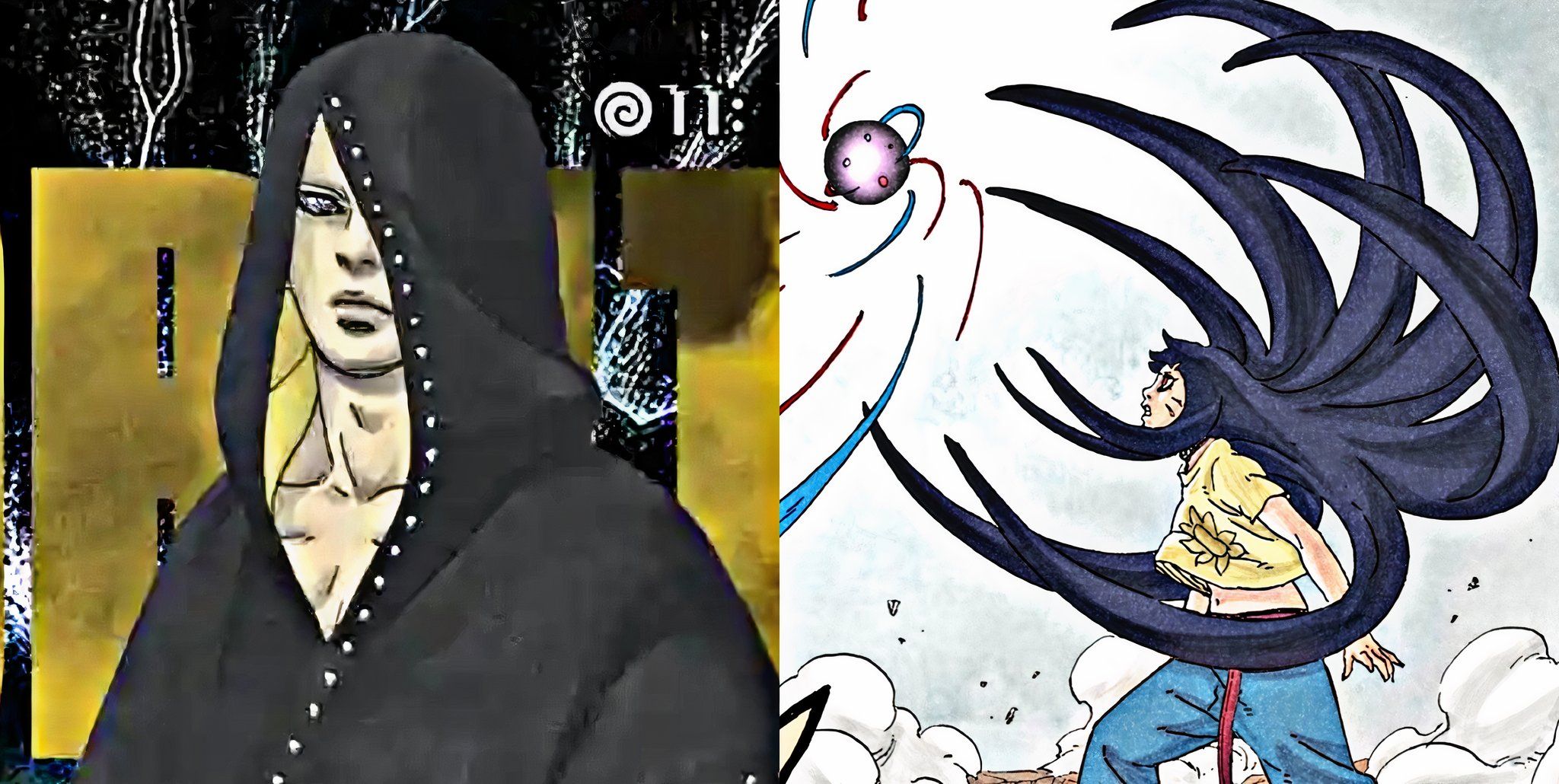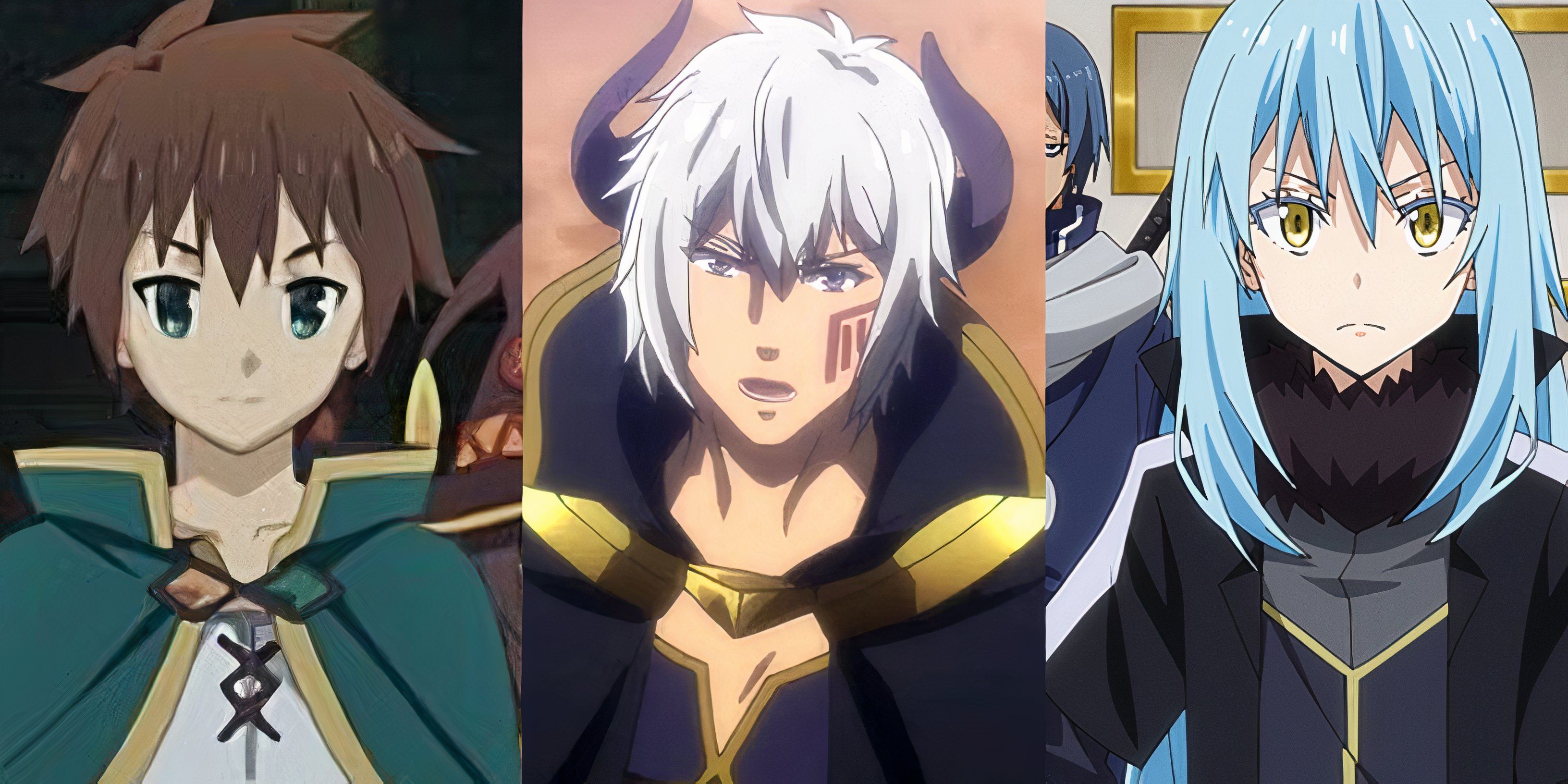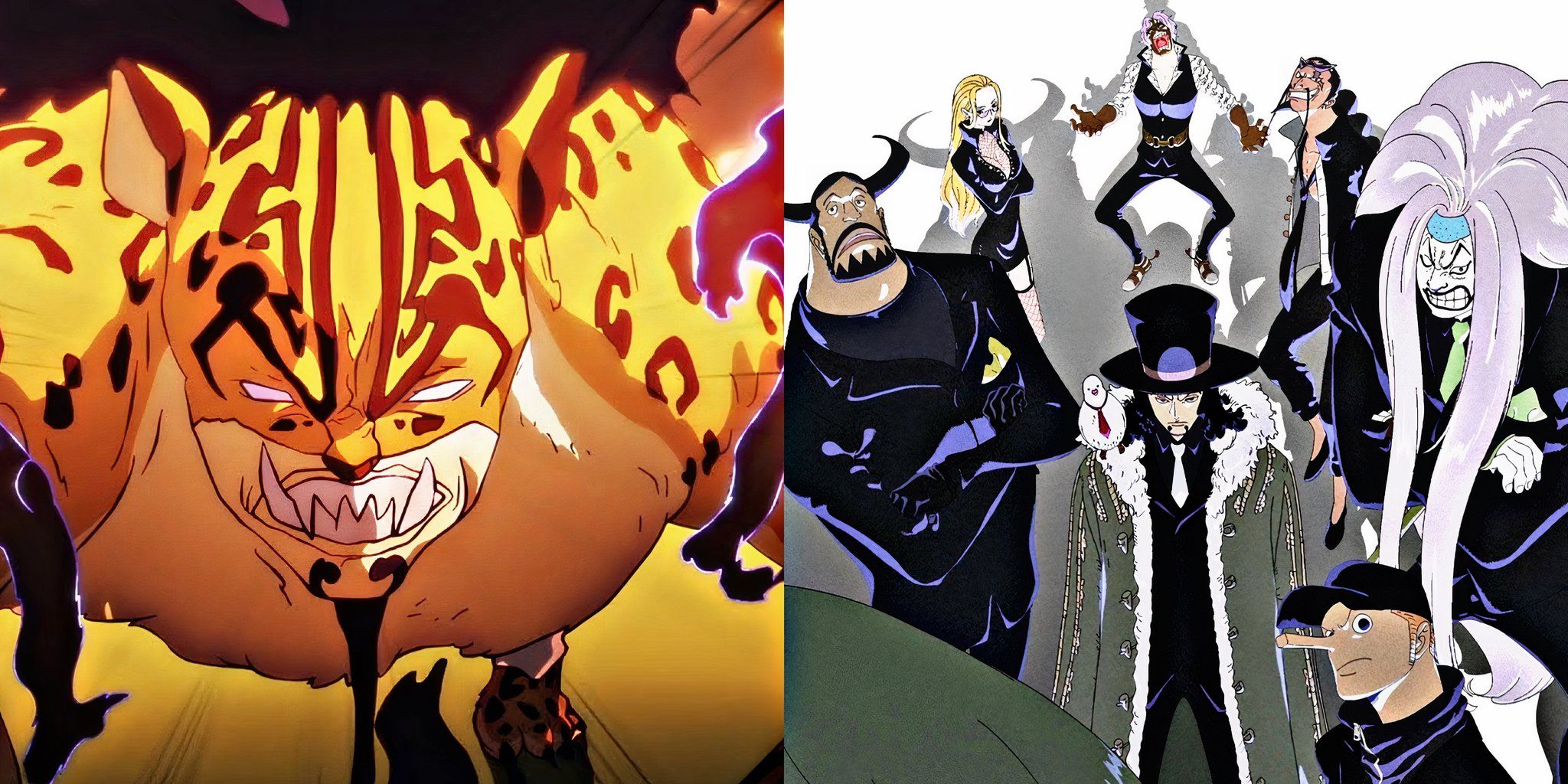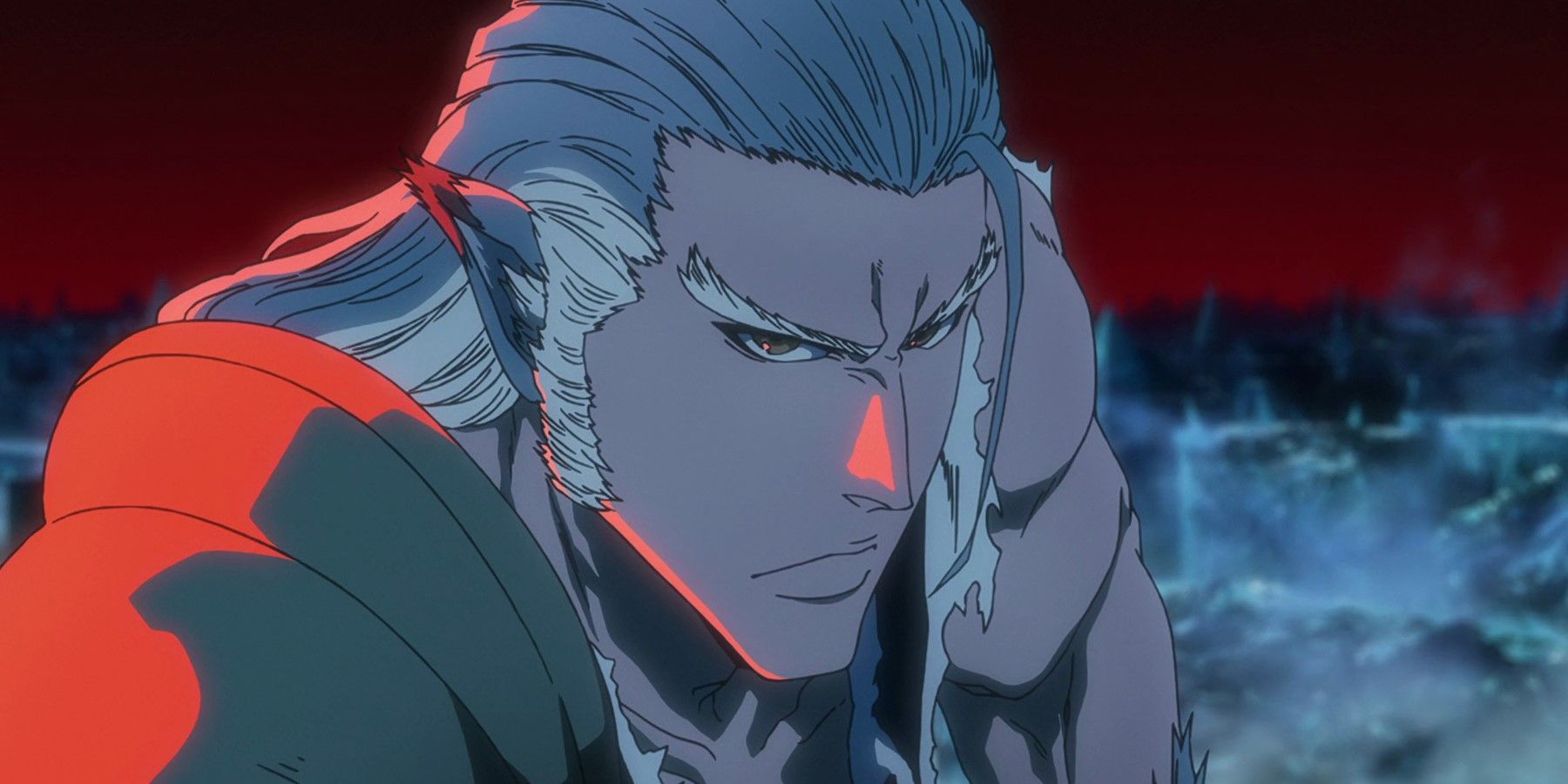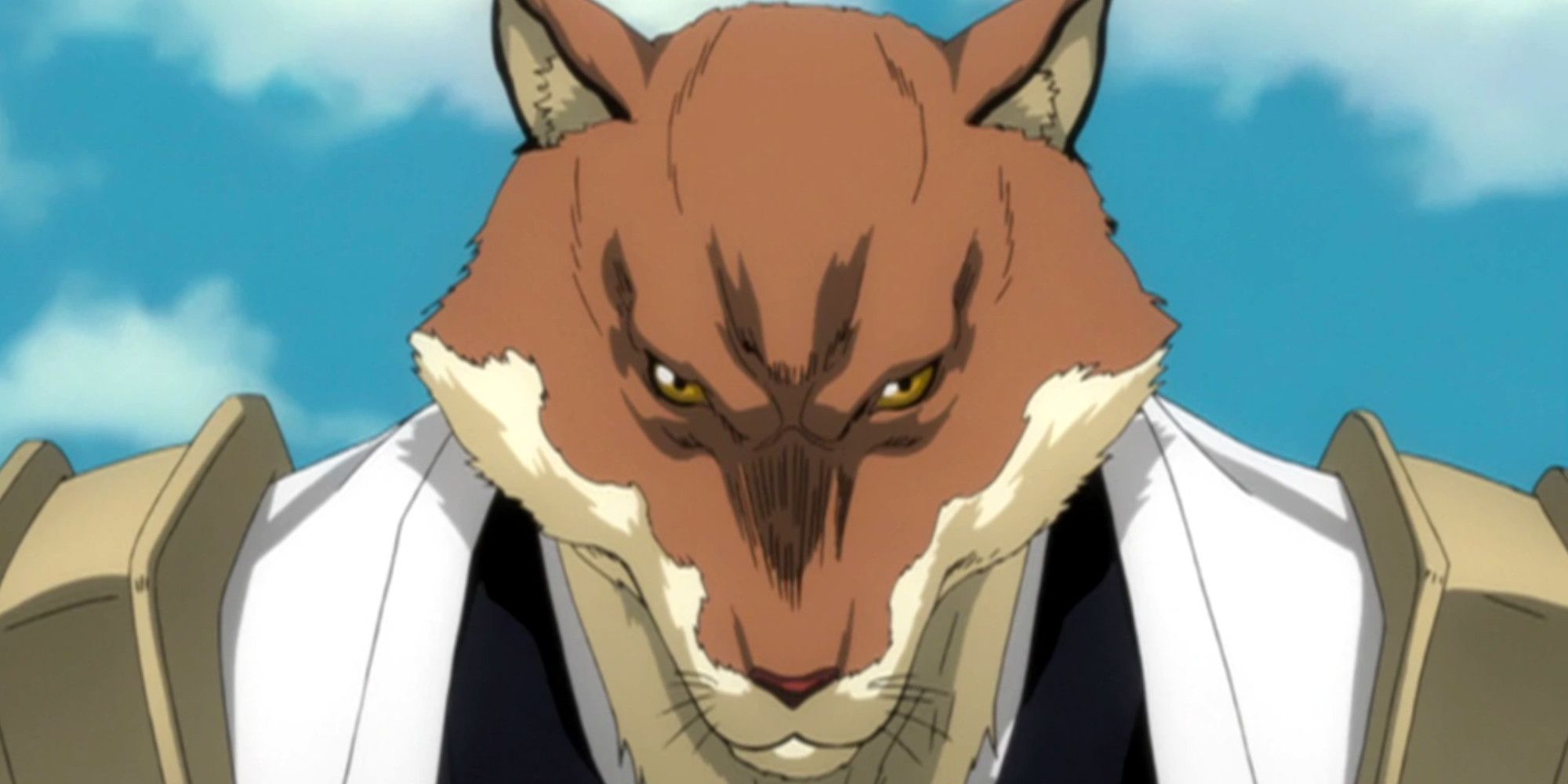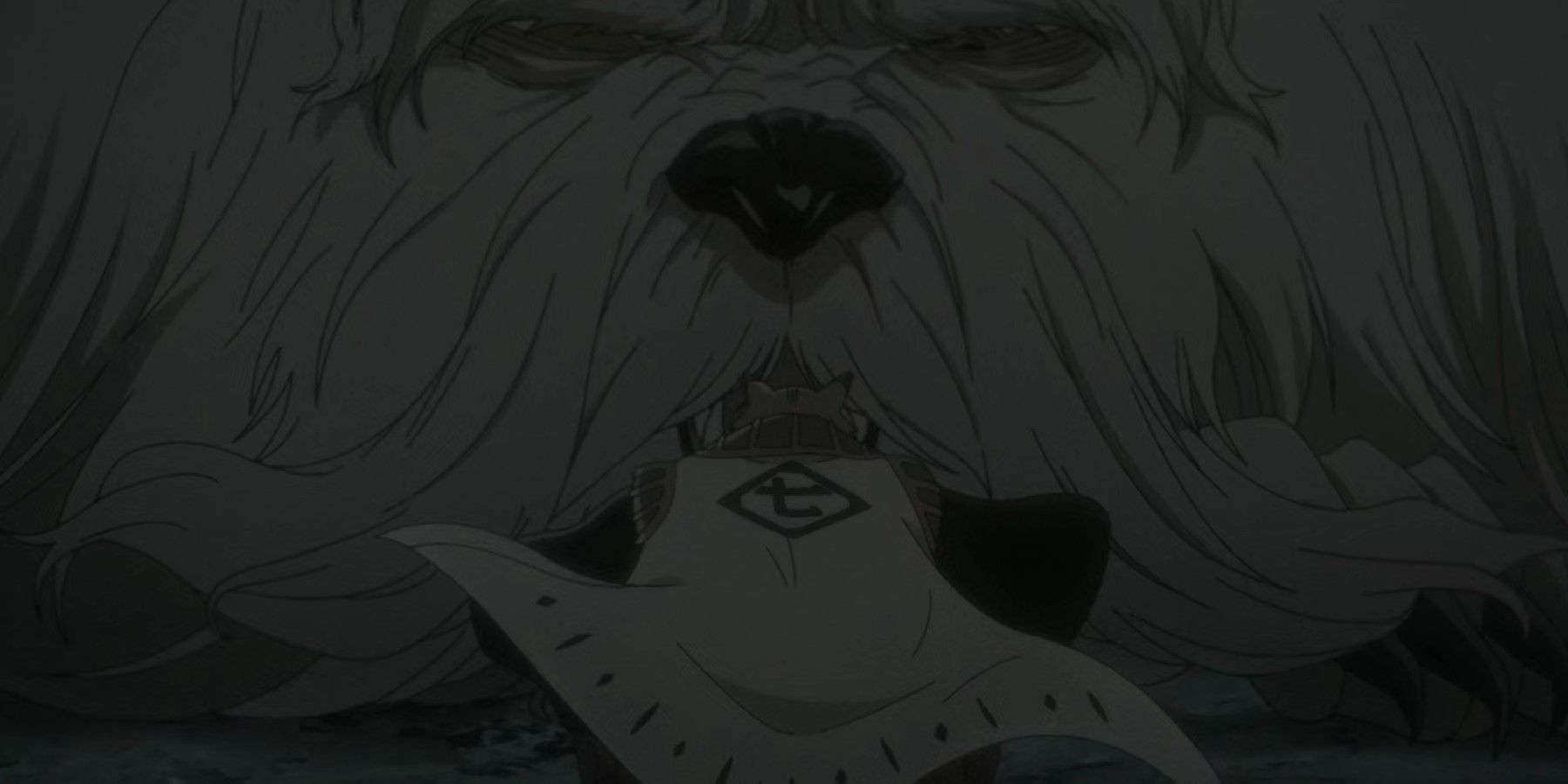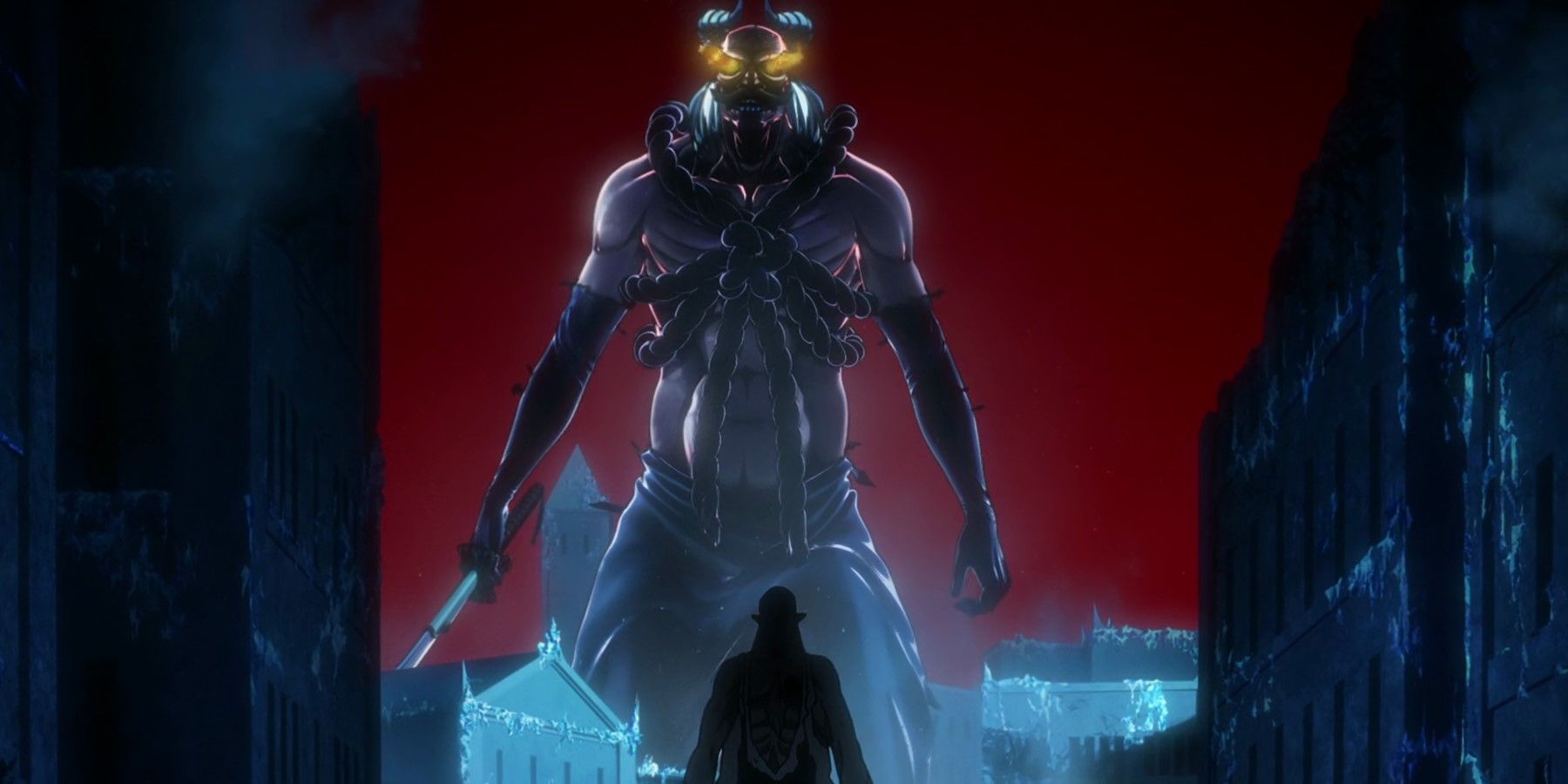Highlights
- In the latest episode of BLEACH, Captain Sajin Komamura taps into the Jinka Technique to assume his immortal human form and defeat his enemy, Bambietta.
- Komamura's shame stems from his wolf-like appearance, which marked him as a sinner in his past life. The Wolfman Clan went into exile to escape judgment.
- Komamura's sense of justice and desire for retribution are core aspects of his character, reflected in his Zanpakutō, Tenken, which carries the theme of divine punishment.
The following contains spoilers for BLEACH: Thousand-Year Blood War Part 2, Episode 4, "Heart of Wolf" available for streaming on Hulu and Disney+.
7th Squad Captain Sajin Komamura was the main character in the fourth episode of BLEACH: Thousand-Year Blood War Part 2 – The Separation, titled "Heart of Wolf", which centred his conflict against Sternritter E – The Explode, Bambietta Basterbine, as well as the self-destructive, yet honest path Komamura took to power. After his defeat at the hands of Bambi in the previous season of BLEACH: Thousand-Year Blood War, Komamura looked inward and headed back home; back to the Wolfman Clan, so that he could pry his great-grandfather, the Great Elder, for the key to the secret technique of their people.
The Jinka Technique enabled Komamura to temporarily assume an immortal human form, and with its tandem application with the ultimate form of his Bankai, Kokujō Tengen Myō'ō, Komamura was able to defeat the enemy. However, this came at a huge cost as extreme power-ups often do. What is the Jinka Technique, exactly?
Resentment From Shadows
As revealed during the events of the Soul Society arc, Sajin Komamura is an anthropomorphic wolf who hid his appearance due to feelings of shame about his appearance. Given the stratification of Soul Society on what is essentially a class basis, these shameful feelings are easily rationalized as shame towards his humble origins; as most of the souls in Soul Society find themselves living in Rukongai, a large city of 320 districts equally distributed by cardinal direction. These districts are then marked 1-80 based on their distance from the centre, which is the most prosperous location. The further one is located from the central district, the greater the level of decay and poverty is seen in the area. Anyway, the point is that Komamura's shame wasn't given much context, and with the only real understanding of life before becoming a Shinigami given throughout the BLEACH narrative is that of life somewhere in Rukongai. However, what added to Komamura's shame was having to live life in the shadows, and the reason for that lies with the origins of the Wolfman Clan.
The real reason for Komamura's shame was not just because of the scorn he'd experience from the other souls, but rather, the context for that scorn being the fact that to be reincarnated in Soul Society with an animal-like form, one had to have committed some kind of sin. The Wolfman Clan is effectively a family of such souls, whose forms mark them as a specific type of sinner in life, the nature of which is not fully explored. The Wolfman Clan went into self-imposed exile somewhere in the depths of Rukongai in order to live free from the scorn and judgment of others. It is evidently a position of vulnerability to judgment, and for Komamura, whose character journey has been finding a way to live with himself free from this shame, it speaks to lifetimes of regret and an almost endless penance for misdeeds committed literally in a past life.
Of Beasts and Men
The Jinka Technique ("Humanization") is a secret ability of the Wolfman Clan that enables its user to temporarily assume their human forms – the form they had in the life prior to their existence as Wolfmen. To do so, one must offer up their heart, turning their body into a vessel for the purpose of their goal and nothing else. With his heart served up on a plate, Komamura would be in a state of death, and as such, for the duration of his transformation, he would be without death. The result would be an immense boost in strength, and for Komamura specifically, it meant that he'd be able to use the ultimate application of his Bankai, Kokujō Tengen Myō'ō: Dangai Jōe.
Against Bambietta, this technique was very effective and enabled him to defeat her promptly with the full force of a Bankai and owner that have both abandoned their connection to life. The compensation for the technique is steep, as once time runs out, the user loses their humanity and reverts to full wolf. As the Great Elder explained it, Komamura's use of the technique was his ultimate acknowledgment and acceptance of the defining trait of the Wolfmen: the desire for retribution. This is partly why the Great Elder was so pleased with Komamura, his actions were a return to self and therefore a display of a lack of shame for one's true nature.
Justice and Wrath
A life informed by themes of guilt, shame and penance made Komamura particularly obsessed with justice as a concept, and it is through this sense of justice that Komamura's most important relationship is given the stage to develop. It's well-known that Komamura struggled in the aftermath of Kaname Tōsen's defection from Soul Society, having formed a close bond with him because he was the only person to have perceived him without judgment. Tōsen was himself aggrieved by the state of society in the wake of the murder of a close friend of his, and this sense of justice was admirable to Komamura, but he'd end up falling into the same trap he did. Due to this character heavily informed and influenced by Dharmic associations, Komamura's Zanpakutō reflects the core aspect of the character: guilt, more specifically, the reception of punishment for one's guilt.
Tenken is interesting in its nomenclature because "divine punishment" is often written with similar kanji, but to better get at the heart of it, the word "retribution" (as used by VIZ in their translation) carries with it the specific hue of vengeance, a core part of Komamura's arc in BLEACH: Thousand-Year Blood War. Essentially, Komamura's whole deal is to even out his karma, which saw him feel shame for his appearance (therefore, shame for his past actions) and then dole out retribution for the murder of former Captain-Commander Genryūsai Yamamoto. His Bankai reflects the divine punishment of a "Myō'ō", a wrathful Buddhist deity that protects wisdom; however, this specific one resides in the Naraka known as Kalasūtra – the black thread. Beings are born in a Naraka due to the accumulation of past misdeeds, much like Komamura himself, and in seeking revenge, Komamura goes from the condemned to wrathful condemner, casting away even his life if it means vanquishing the enemy.

